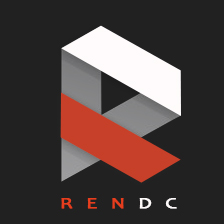21⟩ Tell me when do you use JPEG compression and when would you prefer PNG instead and Why?
Different image compression formats have different purposes with different compression methods.
☛ JPEG compression reduces the image size by finding areas of a similar color; the higher the compression level, the more aggressively it looks for such areas leading to a loss of visual information and the generation of artefacts at the edges of the compressed areas. This compression is effective for photos, drawings, gradients, most illustrations and other colorful, rich images. JPEG doesn't work as well for screenshots, simple UI elements, flat icons, schematics, and it is especially bad for text.
☛ PNG compression works by reducing the number of used colors. Depending on the level of compression this could lead to slight loss of color shades. PNG is great for logos, icons, signs, images containing text, for simple illustrations, UI elements and screenshots. Unlike JPEG, it also allows images to have transparent areas. PNG files are usually larger than JPEGs and don't provide good compression for photos and complex, colorful images and gradients.


